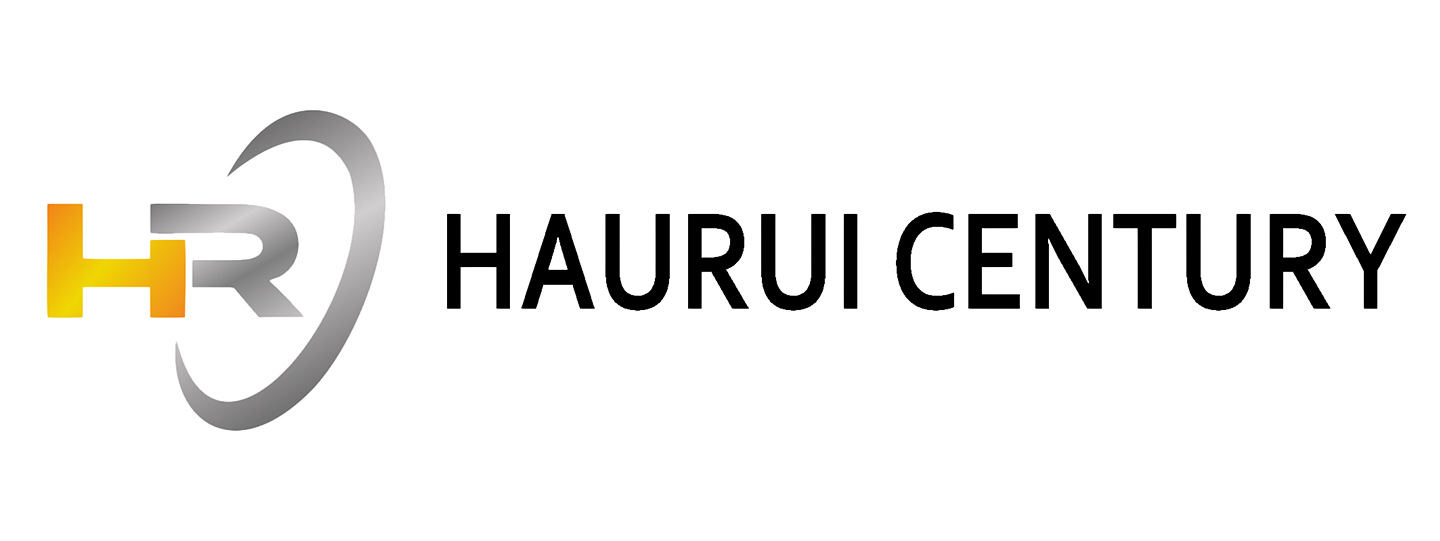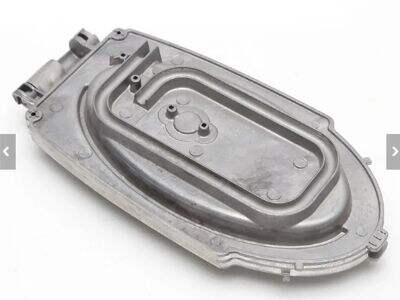Gietwerk en plaatmetaalvervaardiging is algemene metodes om beide metaalonderdele en -produkte te vervaardig. Hierdie twee benaderings deel 'n paar ooreenkomste, maar daar is ook 'n paar belangrike verskille. Om hierdie verskille te begryp is uiters belangrik as jy die beste metode vir jou projek wil kies.
Aluminium gietstukke is 'n gespesialiseerde proses wat bestaan uit die smelt van metaal tot 'n dik, klewerige toestand, sogenaamde gesmelte metaal. Dan word hierdie warm metaal onder hoë druk in 'n vorm gedwing. Aangesien die vorm bedoel is om 'n sekere vorm te produseer, het dit 'n ingeboude ontwerp. Die gesmelte metaal vul dan die vorm, en stol later. En wanneer dit gebeur, het ons 'n finale produk wat in die presiese vorm van die vorm is. Dit is 'n goeie manier om verskeie identiese dele doeltreffend te skep.
In teenstelling hiermee is plaatmetaalvervaardiging 'n ander metode om metaalprodukte te skep. Dit gebruik geen vorm nie, dit neem metaalplate en waaruit die velle gesny, gebuig of gevorm word. Hierdie proses gebruik 'n aantal benaderings om die doel te bereik. Een voorbeeld is lasersny waar 'n laser gebruik word om die metaal tot 'n hoë mate van akkuraatheid te sny. Daar is ook gestempel, wat die metaal onder druk vorm. Sweiswerk, byvoorbeeld, waar die stukke saamgevoeg word, en buig, waar die metaal gevorm word deur dit teen verskillende hoeke te buig. Elkeen van hierdie metodes help met die vorming en grootte van die produk soos ons wil.
Belangrike oorwegings in die keuse tussen gietwerk en plaatmetaalvervaardiging
Hier is 'n paar oorwegings wanneer jy tussen kies Die gietstuk deel en plaatmetaal vervaardiging:
Kompleksiteit: Die eerste ding waarna jy moet kyk, is hoe ingewikkeld of ingewikkeld die stuk of produk is wat jy graag wil skep. As dit baie gedetailleerde patrone of vorms het, kan gietwerk die beter alternatief wees. Hierdie tegniek maak meer komplekse vorms en ontwerpe moontlik wat moeilik of selfs onmoontlik kan wees om te bereik met plaatmetaalvervaardiging. Om 'n gegote deel te maak is soortgelyk aan die beeldhouwerk van 'n kunswerk, plaatmetaalvervaardiging is meer soos 'n reuse-legkaart.
Metaaltipe: Die metaaltipe wat u kan gebruik, is ook noodsaaklik. Die gietwerk is die beste geskik vir nie-ysterhoudende metale of dié wat nie yster bevat nie. Hierdie metale sluit aluminium, koper en sink in. Aan die ander kant is plaatmetaalvervaardiging hoogs buigsaam en kan 'n groter verskeidenheid materiale hanteer. Dit doen Carried vir metale soos staal, vlekvrye staal, en selfs aluminium. Om te weet wat jy beskikbaar het, kan die verskil vir jou projek maak.
Produksiehoeveelheid: Nog 'n ding om te oorweeg is hoeveel dele of produkte jy moet produseer. Die giet dele kan meer ekonomies en haalbaar wees as jy 'n groot volume onderdele benodig. Dit wil sê, dit kan koste en tyd besnoei wanneer jy 'n groot hoeveelheid produseer. Aan die ander kant, as jy net 'n paar dele benodig, is plaatmetaalvervaardiging oor die algemeen meer geskik vir kleiner produksielopies. Dit is soos om te moet kies tussen om ’n hele koek of net ’n handvol kolwyntjies te bak.”
Voor- en nadele van gietwerk en plaatmetaalvervaardiging
Laat ons dus die voor- en nadele van beide die gietwerk en plaatmetaalvervaardiging ontleed. Dit is belangrik om die voordele en nadele van spierbou deur opheffing te verstaan sodat jy kan besluit wat die beste opsie vir jou is.
Voordele van Die Casting:
In staat tot ingewikkelde vorms: Gietwerk kan uiters gedetailleerde en komplekse vorms produseer wat moeilik sal wees om met ander tegnieke te bereik.
Hoë produksie-uitset: Hierdie metode maak dit moontlik om 'n groot aantal produkte vinnig te produseer, wat dit ideaal maak vir groot bestellings.
Ekonomies vir hoë volume produksie: Die gietwerk kan goedkoper wees as baie onderdele gemaak word aangesien die koste per eenheid daal.
Baie min bewerking nodig: Sodra die metaal gegiet is, verg dit gewoonlik minimale bykomende werk om dit te voltooi.
Nadele van Die Casting:
Hoë gereedskapskoste aan die voorkant: Die koste om die vorms aan die begin te skep, is ook aansienlik hoog, wat gewoonlik nie haalbaar is vir kleiner projekte nie.
Beperkte materiaalgebruik: Daar is slegs 'n beperkte keuse van metale wat jy kan gebruik.
Na-produksie veranderinge is moeiliker om te maak: Sodra die produksie begin, kan die verandering van die ontwerp of die verandering van die dele langer neem of duurder wees.
Voordele van plaatmetaalvervaardiging:
Buigsaamheid van produksievermoëns: Hierdie proses is aanpasbaar en kan verskeie dele aangemoedig en haastig produseer.
In staat om met verskillende materiale te werk: Aangesien jy verskeie vorme van metale kan gebruik, bied dit jou met verskeie opsies.
Koste-effektiewe gereedskap: Dit het tipies laer aanvanklike gereedskapskoste as gietwerk, wat dit meer lewensvatbaar maak vir klein lopies.
Nadele van plaatmetaalvervaardiging:
Kompleksiteitsbeperkings: jy kan baie vorms maak, maar sommige komplekse ontwerpe werk dalk nie so goed met hierdie metode nie.
Dit is meer handearbeid: Dit is gewoonlik meer handearbeid, wat soms langer kan neem.
Stadige volume-uitset: Dit kan langer neem om hoë volumes te produseer as gietwerk.
Waarna om te kyk in Die Casting vs. Plaatmetaal vervaardiging
Hier is 'n paar belangrike oorwegings wanneer jy tussen die gietwerk en plaatmetaalvervaardiging kies:
Doelwitte: Oorweeg wat jy met die onderdele of produkte wil bereik. Om te weet wat jy wil bereik, sal jou help om te bepaal watter benadering die beste vir jou is.
Materiaalkeuse: As die metaal wat jy benodig nie geskik is vir gietwerk nie, is plaatmetaalvervaardiging die beter alternatief. Maar as jou plan is om met nie-ysterhoudende metale te werk, is gietwerk dikwels die roete om te neem.
Buigsaamheid: Oorweeg hoe buigsaam jou ontwerp moet wees. As jy dalk dinge wil aanpas soos jy vorder, is plaatmetaalvervaardiging meer buigsaam. In teenstelling hiermee finaliseer die gietwerk die ontwerpe vroeg in die proses en is dit moeiliker om aan te pas.
Hoe om te besluit tussen gietwerk en plaatmetaalvervaardiging
As jy gietwerk teenoor plaatmetaalvervaardiging oorweeg, maak seker dat jy jou unieke behoeftes, die doelwitte vir jou projek en jou begroting in ag neem. Let asseblief daarop dat die gietwerk optimaal is vir meer uitgebreide vorms en vir groot volume lopies. Aan die ander kant is plaatmetaalvervaardiging redelik buigsaam en kan 'n groter verskeidenheid materiale hanteer, wat 'n groot voordeel vir verskeie projekte kan wees.
Huarui is 'n plaatmetaalverwerkingsonderneming, ons fokus daarop om 'n werk van hoë gehalte en persoonlike oplossing vir ons kliënte te bied. En as jy meer wil leer oor ons plaatmetaalvervaardigingsdienste, kontak ons eenvoudig vandag. Altyd beskikbaar om jou te help en jou te help om jou projekte te maksimeer en jou behoeftes te optimaliseer.

 EN
EN






































